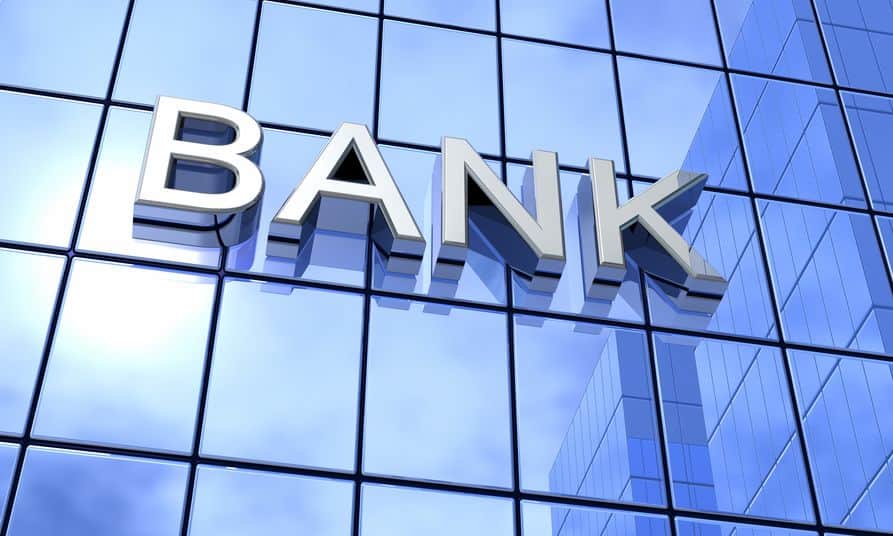As a business owner, there may come a time where you’re forced to seek the services of a business restructuring expert to help your business find stable ground, impose stronger credit control measures and streamline operations to reduce expenditure. It is best practice to ensure that you are operating efficiently, simplifying the management process and keeping business financials in check to avoid company liquidation.
If you are concerned about the deteriorating health of your business, the route you take next will be determined by the severity of your financial position. If business operations are salvageable and recovery can be made, a rescue solution may help boost the business and get it back on track. If the business is weighed down by insurmountable debt, outweighing liabilities, your business may be rocking between business failure and falling foul of protecting creditor interests. We touch upon company rescue and recovery solutions to help keep your business in operation and good health.
Time to Pay Arrangement
In the UK, a Time to Pay arrangement is an agreement with HMRC to restructure your tax liabilities into affordable installments, typically over 12 months. If you have outstanding debts to HMRC and you can realistically demonstrate that you can make the relevant repayments in addition to fulfilling essential outgoings, you could be granted more time to make your tax payments. The most common creditor for businesses in distress is typically HMRC, which is why the arrangement is accessible for struggling businesses. It is vital to make a realistic repayment proposal, steering clear of overestimation to avoid rejection.
Finance and Investment Opportunities
If your business is struggling to fulfill payments, accept larger orders and replenish stock due to cash flow limitations, accessing a finance facility may help you secure larger customers, increase your capacity and service offering. By unlocking growth capital, you can give your business better chances of thriving and grow at a faster pace. Finance as such, if used as a cash injection can spur the business towards attracting higher value orders due to the removal of cash flow limitations. There are numerous ways you can access funding, investment and cash borrowing:
Bank Loan: This is a traditional route which can offer competitive lending; however, extensive criteria and longer approval time frames may hinder your chances of urgently securing projects. If you have a strong borrowing track record, you may be entitled to a greater level of funds in comparison to alternative funding.
Raising Funding: There are multiple forms of funding under the investment umbrella which vary according to investor returns, such as partial ownership, financial rewards, personal interest, mentoring opportunities and incentives. There is a clear distinction between corporate investment which consists of experienced, high-net-worth parties and the likes of crowdfunding which appeals to the general public and potential customers.
Alternative Lending: This form of lending is tailored to specific uses, such as asset finance to assist in the purchase of high-value, industry equipment, invoice finance to fast-track payments tied up in invoices and bridging loans to fill the gap in capital.
Company Voluntary Arrangement (CVA)
This insolvency procedure enables you to enter into an agreement with creditors to collectively make affordable repayments. A CVA places you into a formal payment plan conducted by a licensed insolvency practitioner, however not all businesses will qualify. The turnaround procedure will help you keep legal action and creditor pressure at bay, allowing you to continue trading to facilitate recovery.
The route you take will be determined by the circumstance of your ailing business, taking into consideration debt value, asset value, creditor pressure and professional guidance. The recovery of your business will depend on your long-term vision, your risk appetite and level of funds available to power the company rescue process.









